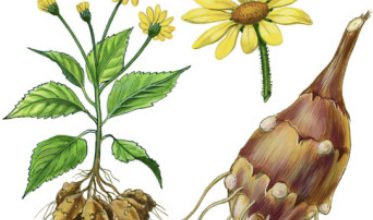Plant Strawberries: [Cultivation, Care, Irrigation, Substrate and Pests]
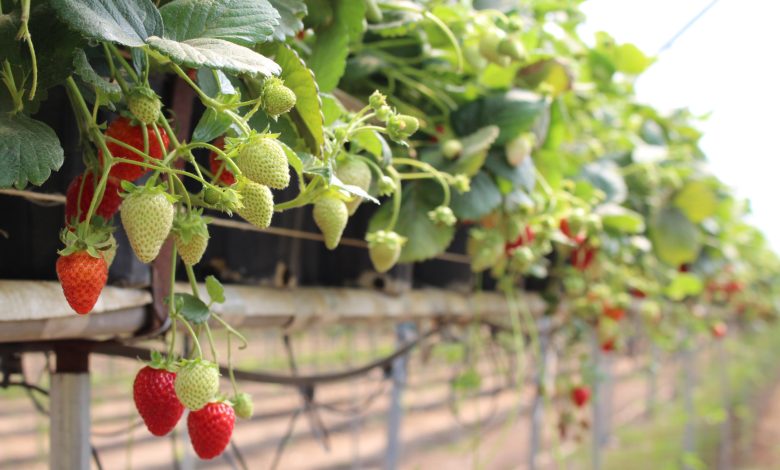
I think strawberry is my favorite fruit. And even more so when they are homegrown.
Do you know what is best?
Thatyou can also plant them in your garden. Really.
I ask for a few minutes of your attention so that you read the article and then put it into practice.
The benefitsthere are several:
- Top quality strawberries.
- Strawberries without insecticides or chemicals.
- The enormous pleasure of planting them, watching them grow and harvesting them.
we start
Step by Step to Plant Strawberries:
- When? End of Winter and during the Spring season.

- Where? Any place is good, strawberries are well suited. Lots of sun exposure.
- Harvest time? 10 months after sowing.
- How do we prepare the land? High content of nutrients and organic matter ( manure).
- How are they planted? It is recommended with campuses. Lower difficulty and faster benefits.
- How are they watered? Preferably drip.
- How often are they watered? At first every three days (30-45 minutes) and later every day (30-45 minutes).
- What can we plant nearby? Basil, sage, coriander, rosemary, garlic, lavender, lemon balm.
- What pests and diseases does it have? White evil, spider mite, aphids.
No products found.
Strawberries are a type of fruit vegetable and are one of the best-known fruits worldwide and are also among the favorites of adults and children.
 And it is that, it does not cost much to delight thanks to its sweet and acid flavor that are a pleasure for the palate and its attractive and intense reddish color that captivates the eye; and as if that were not enough, they offer great nutritional properties such as high doses of vitamin C, vitamin A and E, they provide minerals such as potassium, iron, phosphorus and magnesium, and they are a rich source of water.
And it is that, it does not cost much to delight thanks to its sweet and acid flavor that are a pleasure for the palate and its attractive and intense reddish color that captivates the eye; and as if that were not enough, they offer great nutritional properties such as high doses of vitamin C, vitamin A and E, they provide minerals such as potassium, iron, phosphorus and magnesium, and they are a rich source of water.
Fortunately, planting strawberries is very simple, in fact it is one of the easiest plants to grow; therefore, having an exotic plant that provides a tropical fruit with a high nutritional value will be a simple task.
Strawberry cultivation can be done in a garden or at home, either in a pot or in a garden.
It is a cold- resistant plant, which can grow in hot or cold places, reaching freezing temperatures.
It prefers soils rich in fertilizer and with a controlled moisture content, in fact this is one of the greatest cares when planting strawberries, the irrigation system and the water content, as it is a plant that is very sensitive to rot. by moisture, as will be detailed later.
When are strawberries planted? The dates
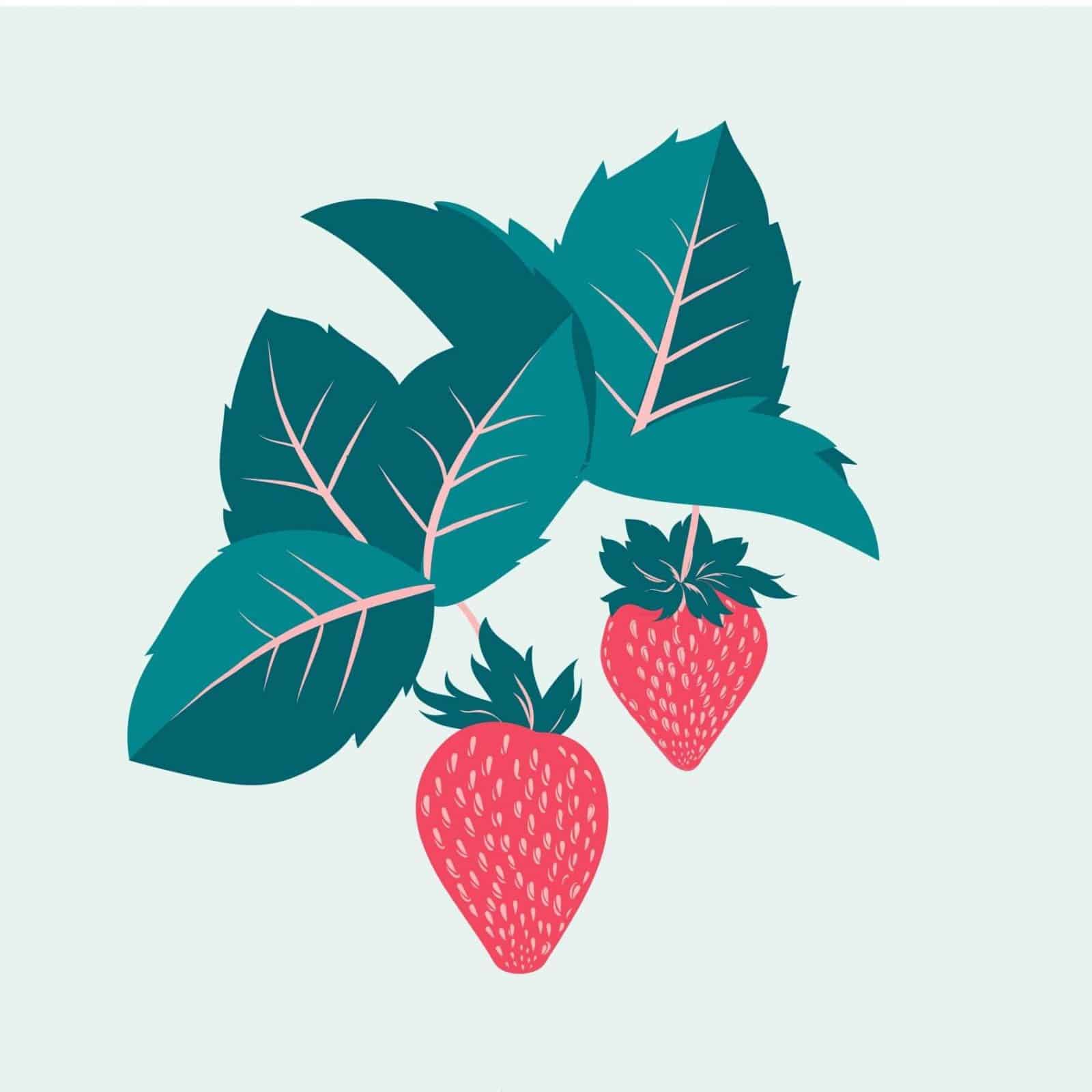 Strawberry cultivation supports climatic variations very well, especially cold climates.
Strawberry cultivation supports climatic variations very well, especially cold climates.
The best time for its cultivation is usually between the end of winter and the spring season, that is, February to April for the regions of the northern hemisphere and from August to September for those of the southern hemisphere.
What harvest time does the strawberry have?
The time of flowering and ripening of the fruit will depend on the species that is being planted.
It is often said that the fruit can be harvested 10 months after cultivation, however this statement is very lax considering that each species has a different period of time, despite the fact that they are all planted in spring.
For example, the so-called June-bearing crops grow one year after sowing, mainly in the month of June. Those of the Everbearing species present little fructification in the summer season, but intense in the autumn and spring seasons of the same year of cultivation.
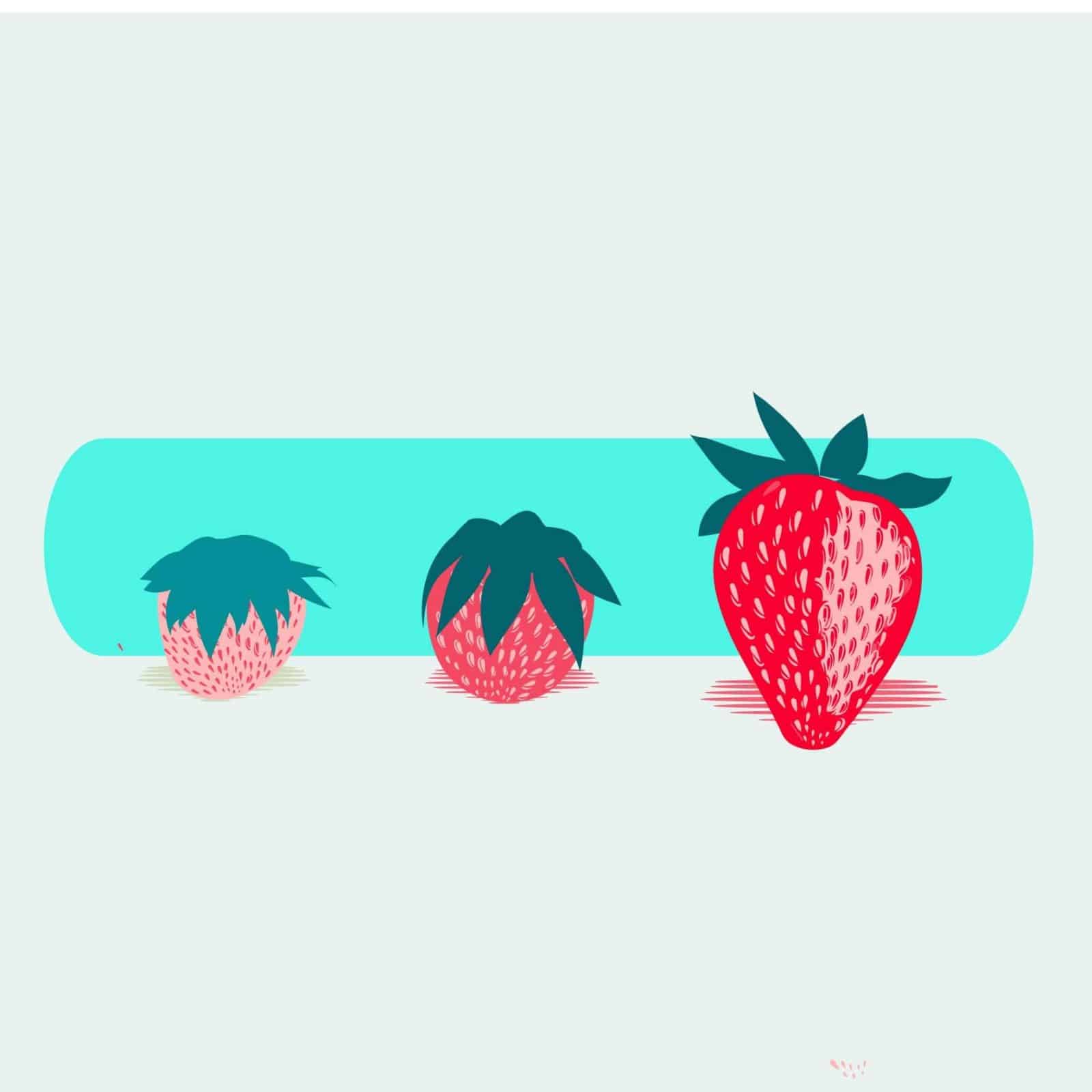 And Day neutral strawberries also produce fruit the same year they are planted, but during warm days.
And Day neutral strawberries also produce fruit the same year they are planted, but during warm days.
Here only three of the best known species that can be obtained have been named, however there are other species such as Earligrow, Annapolis, Honeoye, Delmarvel, Seneca, Jewel, Kent, Allstar, Tristar, Tribute, among others.
Each of these species, in addition to having a particular flowering time, bears fruit with different morphological characteristics, so the choice between varieties will depend on what the grower deserves and the quality of the crop he wishes to obtain.
Harvesting is recommended to be done quickly in the morning hours and when they acquire a bright and intense red color, in order to fully appreciate the freshness and sweetness of the fruit.
Blumfeldt Timberflor Plant Pot, Plant Pot, Easy to Place, No Drainage Hole, Fiberglass, Sturdy, for Indoors and Outdoors, Wood Look, 60 x 50 x 30 cm, Brown
- FOR INDOOR AND OUTDOOR: In the Blumfeldt Timberflor pot shrubs, perennials or flowers have a new…
- JAPANESE ZEN AESTHETICS: The Timberflor planter shows the best side of plants and combines it with an elegant design and…
- GOOD QUALITY MATERIAL: It does not matter if the pot remains indoors or outdoors. The new combination of…
- STABLE AND ROBUST: Despite being a much lighter pot than any other concrete or terracotta pot on the…
€109.99 View on Amazon Prices with VAT without transport
Last updated on 2022-07-31 / Affiliate Links / Affiliate API Images
Where should we grow strawberries?
The geographical regions where strawberries grow best are in temperate climates, however, thanks to the appearance and global spread of greenhouses, the conditions for growing strawberries can be found almost anywhere in the world.
Similarly, strawberries can be grown at home in pots placed in a place where it hits enough sunlight, directly on the ground of the garden or in the open field.

In addition to planting strawberries in the ground, there is another alternative on the site since it can also be grown through hydroponics by the NFT technique, giving a more efficient crop and more delicious fruits, allowing the optimization of resources.
To clarify these two terms a bit, hydroponics is an agricultural technique where instead of using agricultural soil, plants are grown in mineral solutions, that is, on water.
For its part, the NFT technique (Nutrient Flow Technique, for its acronym in English) is a recirculation system where there is a continuous flow of water and consists of a diagonal channel through which the nutrient solution passes constantly and in which plants are placed on top, so that the roots are in contact with the solution.
 The organic family garden (CROPS)
The organic family garden (CROPS)
- Well, Mariano (Author)
€9.49 View on Amazon Prices with VAT without transport
Last updated on 2022-07-31 / Affiliate Links / Affiliate API Images
What substrate do you need?
The main requirement of the land for planting strawberries is to maintain it with a high content of nutrients and organic matter.
For this, it is recommended to fertilize the land twice a year, in the spring and winter seasons. In addition, the soil must be soft and fresh.
To keep the land with a high content of organic matter, it will suffice to cultivate it with mulch enriched with organic fertilizer, compost or manure.
To know more: How to fertilize strawberries and obtain maximum yield.
How are strawberries watered?
Strawberry cultivation is quite sensitive to humidity, so having an adequate irrigation system and drainage system will be essential.
 Strawberries need to absorb water constantly but avoiding the formation of puddles, for which the amount of water must be limited, otherwise the plantation will rot.
Strawberries need to absorb water constantly but avoiding the formation of puddles, for which the amount of water must be limited, otherwise the plantation will rot.
Drip irrigation is the most recommended. This system allows water to be irrigated and infiltrated directly towards the roots of the plant.
As for the frequency of irrigation, the first two weeks it is recommended to water them every three days and then every two days.
CULIVERS Organic Worm Humus. Plant food. 100% Natural Organic Fertilizer. Soil Restorative (Tomatoes and Vegetables, 20 Kg)
- Worm humus of the highest quality 100% organic.
- Organic matter rich in microorganisms. (1 gram of humus contains about 2 billion microorganisms) The…
- Stimulator of the root development of plants and their absorption of nutrients. It has a neutral pH that makes it ideal for…
- Ecoforce worm humus increases the quality and production of crops. It has a low C/N ratio, allowing…
€19.90 View on Amazon Prices with VAT without transport
Last updated on 2022-07-31 / Affiliate Links / Affiliate API Images
How to plant strawberries step by step?
As mentioned above, strawberries can be grown in the ground or in water, thanks to hydroponics.
However, this time we will only refer to planting in the ground, which can be a pot or a garden or open field.
- It can be sown from seedlings purchased commercially in nurseries, which are nothing more than the children obtained from the mother plants, or through seeds , which, although it is a more complicated and slow option, is also possible.
- It is recommended to acquire the plants that have a healthy appearance and make sure that they do not have the presence of any pest, likewise acquire them the day before planting, in such a way that the plant is soaked in water overnight.
- Depending on the type of strawberry that you want to grow, different fruits will be obtained. There are many pure species of strawberry and there are also the so-called hybrids.
- The holes to be dug should be about 8 cm deep and at least 30 cm apart.
- The distance may seem excessive at first, but as the plant begins to flower the entire area will be bushy.
- Once the holes have been dug and the seedlings planted, it will suffice to cover the holes with the same soil, making sure that the roots are well covered and the ground is compact.
- It is recommended to water the land as indicated above and that’s it, only the aforementioned care will suffice and wait for flowering.
- One piece of advice to keep the soil moist is to make a mulched floor of straw on the ground, which will also help prevent the proliferation of weeds.
- On the other hand, hedges with wire tunnels, posts and ridges are adequate to protect the plant from extreme freezing temperatures and help accelerate fruit ripening.
strawberry care
It is important to keep the strawberry crop pruned, to keep the plant strong, prevent the proliferation of pests and eliminate weeds.
An annual pruning could be enough and depending on the density of the plant, the pruning can be done manually or mechanically.
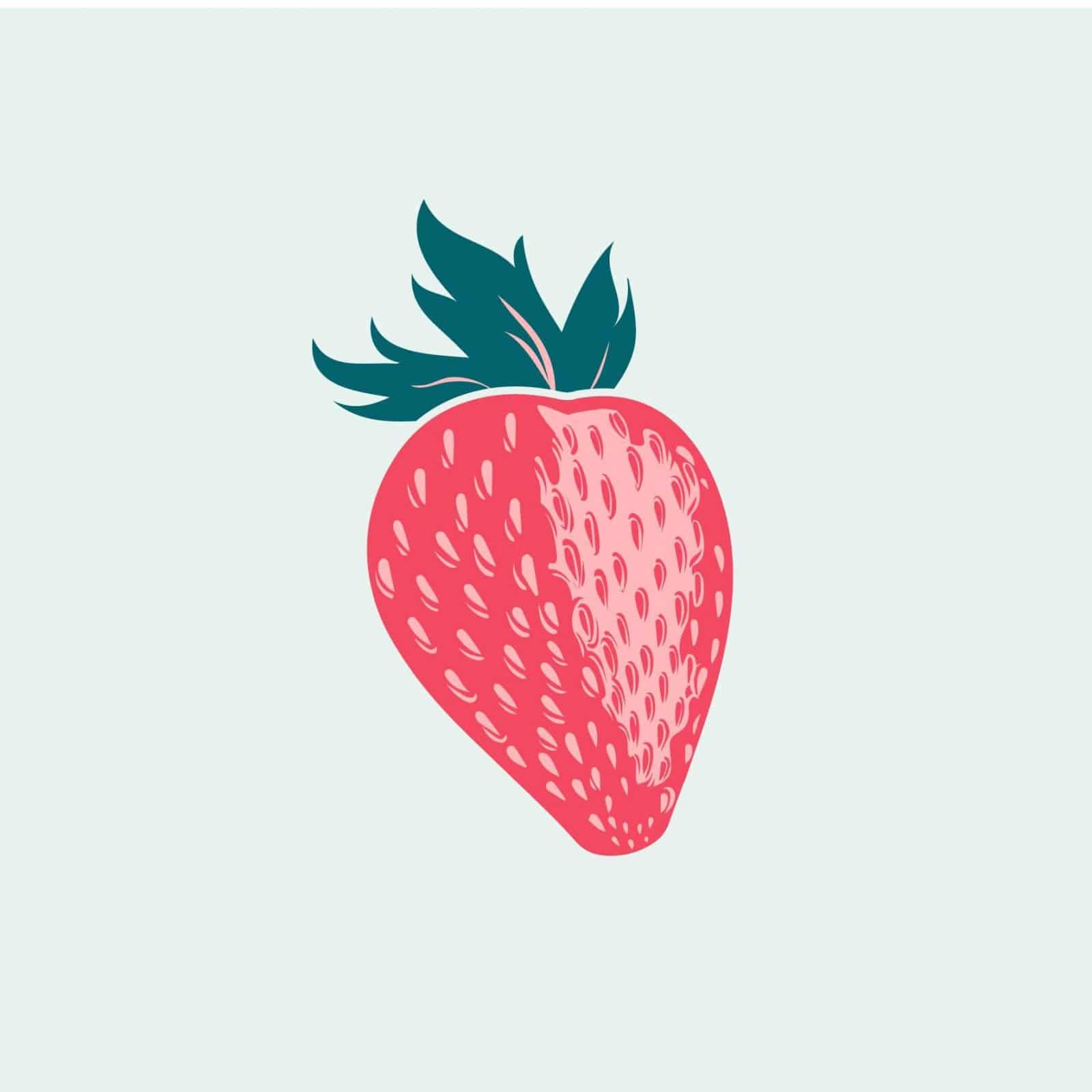 In the case of manual pruning, it will suffice to remove the leaves that do not look healthy; Similarly, the first flowers that the plant puts out should be removed to strengthen subsequent blooms.
In the case of manual pruning, it will suffice to remove the leaves that do not look healthy; Similarly, the first flowers that the plant puts out should be removed to strengthen subsequent blooms.
It is also recommended that the plant have a system that allows it to grow and rise, since if the fruit touches the ground it can be devoured by insects or rot due to humidity.
To protect plants from atmospheric conditions, we have:
- Protection against extreme temperatures: In case of being in a winter frost season, a tarp can be placed on the plant to protect it from extreme and low temperatures.
- Sun protection: Strawberries thrive in temperate climates, however they are sun lovers, so adequate but not excessive exposure to the sun will be ideal to achieve a showy, leafy plant with large fruits that grow faster. It is recommended that the plant receives about 5 hours of light daily.
Waldbeck Power Planter Pot with 3-tier stake (75x130x35cm, intelligent irrigation system, planter for garden or balcony)
- The garden on the balcony: pot to grow your own vegetables or flowers on the balcony or terrace. Stable finish…
- 3-level stake for stable and straight growth of the plant. Learn from nature: ideal for learning to…
- Two irrigation openings at the bottom: no direct moisture on the plant. Water reserves at the bottom of the…
- ¡Es verano, es tiempo de verduras frescas! La maceta Power Planter de Waldbeck conviertetubalcón o terraza…
69,99 EUR Ver en Amazon Precios con IVA sin transporte
Última actualización el 2022-07-31 / Enlaces de afiliados / Imágenes de la API para Afiliados
¿Qué plagas debemos evitar y cómo hacerlo?
Como cualquier otra planta, el cultivo de fresa es susceptible al ataque de plagas o enfermedades que pueden llegar a matar al cultivo y de allí la importancia de detectarlas a tiempo, para poder ejercer la acción preventiva y correctiva necesaria.
Entre las plagas y enfermedades más comunes de la fresa, encontramos:
Mal blanco
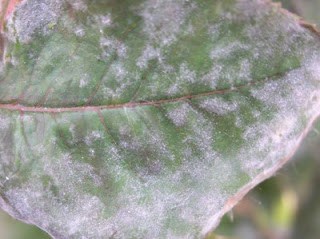
The so-called white disease is caused by a fungus called Oidium, fortunately its diagnosis is quite simple as it is detected by the presence of an «ashy white powder» on the leaves, shoots and fruits, which later turn yellow and dry.
The conditions that favor the appearance of this fungus are humidity (70-80%) and mild temperatures. Temperatures above 35 °C are usually fatal, so a good method of combat is to expose the plant to the sun. Contact fungicides are also a good alternative, as this is an external fungus.
zonal spots
It is a disease that is detected by the appearance of brown-yellowish spots on the leaves, prior to their fall.
Red spider
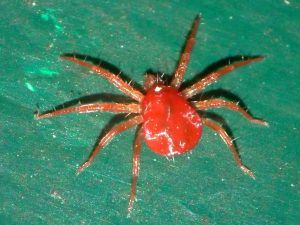 The red spider is a red mite that has the ability to weave webs, hence its name. This mite usually develops on plants that do not have sufficient irrigation, as they prefer dry and hot conditions.
The red spider is a red mite that has the ability to weave webs, hence its name. This mite usually develops on plants that do not have sufficient irrigation, as they prefer dry and hot conditions.
It is usually located on the back of the leaves and the invasion occurs in the hottest and most humid months, such as June. The best prevention against this animal is to adequately water the plant and subject it to sufficient sunlight hours, as the mite is sensitive to the sun and does not proliferate in dry environments.
One of the most effective methods to combat the red spider mite is manual removal, as long as the population density is low, or the use of potassium soap, followed by neem oil.
Potassium soap is a mixture of potassium hydroxide, mineral oil and water that is responsible for damaging the exoskeleton of insects and therefore causes their death, avoiding, in an ecological and very effective long-term way, the spread of the plague., whether from the red spider or any other susceptible animal.
 PAPILLON Urban Garden 60x80x80cm, 8093100
PAPILLON Urban Garden 60x80x80cm, 8093100
- Urban garden
- Measurements: 60x80x80cm
- Made of treated wood
- 24 cm deep drawer and tnt fabric
€168.13 View on Amazon Prices with VAT without transport
Last updated on 2022-07-31 / Affiliate Links / Affiliate API Images
aphids
Aphids are small green pests 3 mm in size and are one of the most common pests that can also occur when planting strawberries, and they are accompanied by an army of ants, so the headache will be double.
The damage is caused by their feeding method, since they are responsible for extracting the sap from the leaves and secreting a substance that prevents photosynthesis.

The ant-aphid relationship comes from the fact that the aphid secretes a sugary substance that attracts ants and these provide protection against ladybugs, which are one of the main natural predators of aphids.
Aphids can be removed by brushing the leaves to drag them off the leaves, but this will only be effective if they are caught in the early stages of the attack.
When the attack is already advanced, you can resort to the use of ladybugs as natural predators, use of repellent plants such as basil, sage, coriander, rosemary, garlic, lavender, lemon balm and mint that, thanks to their strong smell, repel these animals and finally the use of chemical disinfectants.
verticillium wilt
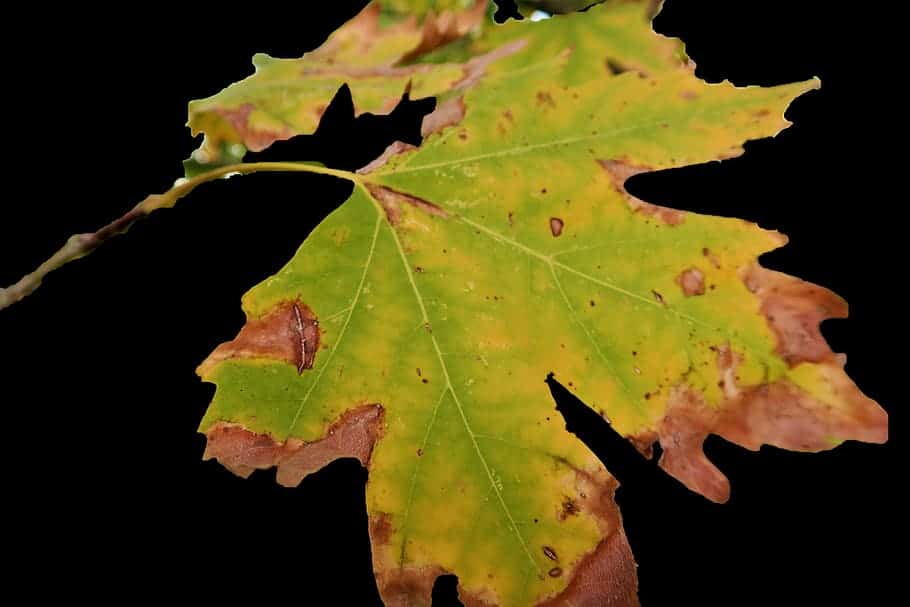 Verticillium or Verticillium wilt is a common soil fungus that thrives in temperate climates around the world and can be present in the soil for decades.
Verticillium or Verticillium wilt is a common soil fungus that thrives in temperate climates around the world and can be present in the soil for decades.
Verticillium wilt overwinters in the soil as dormant mycelium or tiny dormant black structures called microsclerotia, waiting for favorable conditions to return.
They enter damaged plant tissue through the roots and multip

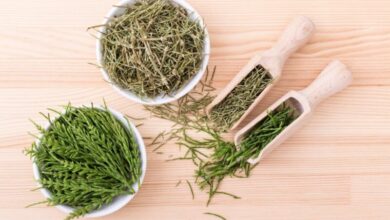
![Photo of Agapanthos: [Cultivation, Care, Irrigation, Substrate, Pests and Diseases]](https://www.complete-gardening.com/wp-content/uploads/2021/06/AGAPANTO_1605523523-390x220.jpg)
